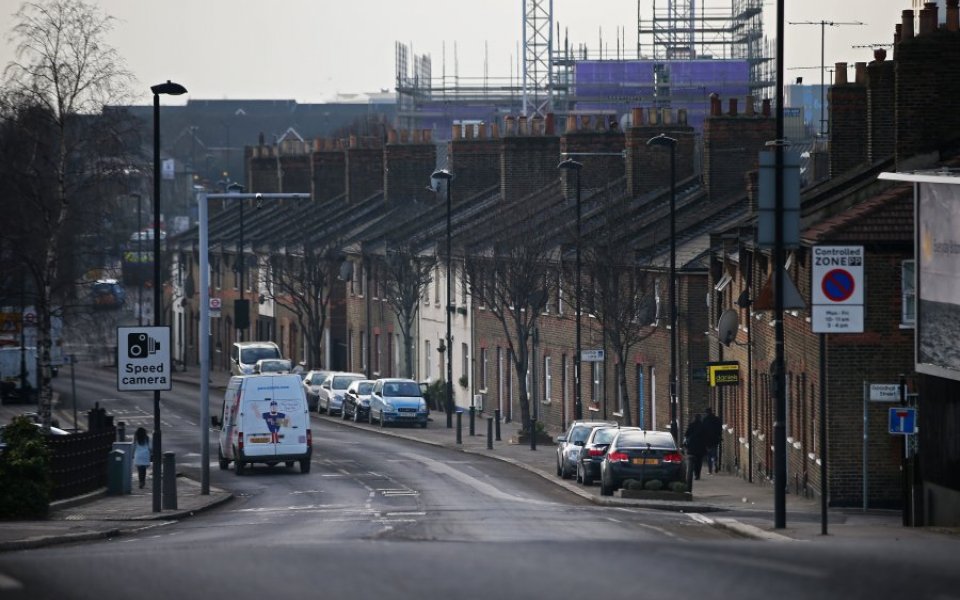London house prices: As with Crossrail, all major transport projects must now define themselves within the property debate

Last week at the London Assembly’s Transport Committee hearing, Lord Adonis provided evidence on how he will assess the case for Crossrail 2. As chair of the National Infrastructure Commission, his views will be pivotal in deciding the fate of the embryonic scheme.
Of particular interest was what Adonis said about the difference between Crossrail 1 and Crossrail 2. The arguments for Crossrail 1, he said, were focused on transport – improving connectivity, increasing capacity and boosting commuter satisfaction. In contrast, Transport for London is seeking to make the case for Crossrail 2 through the number of houses it could build.
Having learnt from Crossrail 1, the Crossrail 2 team are aware that to convince the commission – and then the chancellor – of the capital’s need for this project, it must set out how it will combat London’s housing shortage in addition to clarifying its other social and economic benefits.
In July 2015, the Crossrail 2 Growth Commission was set up to analyse the number of jobs and homes Crossrail 2 could create. Their analysis showed that 200,000 homes and 200,000 jobs could be generated from the scheme.
Similarly, the recent announcement that the Department for Transport will hand control of suburban rail services to TfL has been hailed as significant way of unlocking housing in South London. In their 'Turning South London Orange Report', Centre for London estimate that 13,000 homes could be accelerated by converting suburban lines into the Overground network.
It may seem obvious that major transport projects now need to define themselves within the housing debate. It is, after all, a hot topic for Londoners who are becoming more and more afraid of being priced out of their own city. While journey times matter, the ability to rent or buy a home matters more.
Assessing a project by its ability to unlock housing growth, as well as create jobs and improve connectivity, is a welcome trend. Whether its flood defences, green infrastructure or local energy generation, infrastructure is fundamental to London’s ability to overcome the housing shortage.
If we are to win the argument over the need to continually upgrade and enhance London’s infrastructure systems, we need to set out the housing impact.